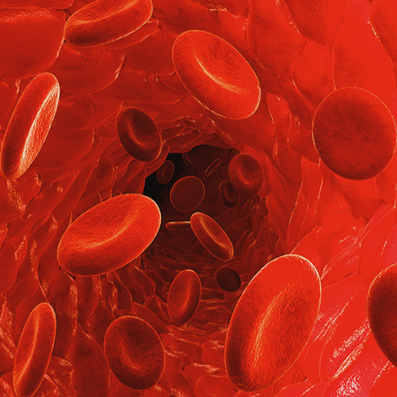
Continuous monitoring of changes in patients’ blood would be a profoundly transformative advance for doctors and a team of Stanford bioengineers has brought us one step closer to that reality. New research in the journal Nature Biomedical Engineering describes a novel device with the potential to detect real-time changes in blood levels of any molecule or protein a doctor would need to monitor.
“A blood test is great, but it can’t tell you, for example, whether insulin or glucose levels are increasing or decreasing in a patient,” says Tom Soh, one of the engineers working on the new research. One of the more common technologies used to detect specific molecules in a blood sample is an Enzyme-linked Immunosorbent Assay, or ELISA, which can detect almost any kind of antibody, hormone or protein.
The innovative new system has been dubbed by the researchers Real-time ELISA. The landmark system is an impressive evolution of ELISA technology, turning a one-off test into a device that continuously feeds intravenous drops of a patient’s blood into what is essentially a tiny lab-on-a-chip.
The first module mixes a blood sample with antibodies designed to react with whatever molecule is being targeted.
The top part of the device is split into two modules, one designed to move out excess blood cells while another collects fluorescent antibodies into a detection window.
Soh suggests this system could be used for much more than just monitoring blood glucose changes.
It currently takes up to three days to get IL-6 blood test results back from a laboratory. Soh points out how transformative it would be for intensive care physicians to have access to IL-6 blood fluctuations in real time.
This preliminary study is very much a proof-of-concept showing how this kind of continuous real-time blood monitoring could be done.
